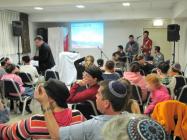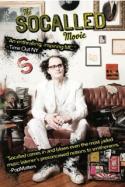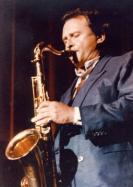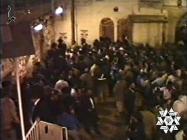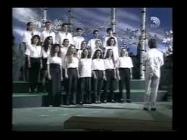(352 results found)
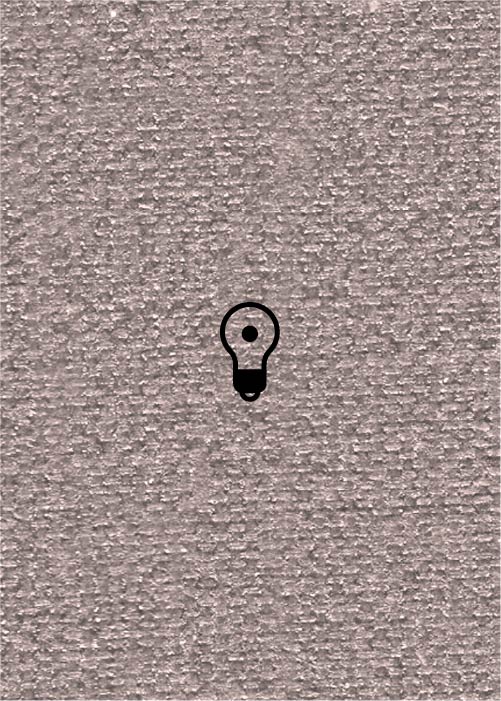
Lezginka
… Lezginka is a dance form popular in northern Caucasus played mostly on zurnov (today …
Dort wo die Zeder: A Forgotten Zionist Anthem in German
… movement Blau-Weiss . These publications attest to the popularity of the song among members of a younger generation … [8] See: Zion Songs. Popular Hebrew National Songs. Dort Wo Die Zeder. Words and …
Communal singing
… or sometimes, a singing troupe will perform a variety of popular songs. There is not a permanent communal singing …
Socalled Movie
… Canada … … 2010 … Socalled … Klezmer … Hip Hop … Fusion … Popular music … Canada … Contemporary … Jewish music … Funk … David Krakauer … Ukraine … Irving Fields … Popular Culture … Diasporic Jewish Culture … Socalled Movie …
Abyadi Ana
… Ana . In Israel today, the Henna ceremony remains very popular, and is performed also by Jews from areas that did … Due to its wide distribution via commercial recordings by popular artists (records and later on cassettes), Abyadi Ana … to the Andalusian music from Algeria) as well as modern popular songs. El Fassia’s important role in the development …
Stan Getz: A Musical Odyssey
… … Dance … Ethnic … Israel … Cultural contact and exchange … Popular Culture … Stan Getz: A Musical Odyssey …
Shir Bamromim
… are not unique to this specific hillulah and at night sing popular songs in Moroccan Arabic. The Hassidim spend much of …
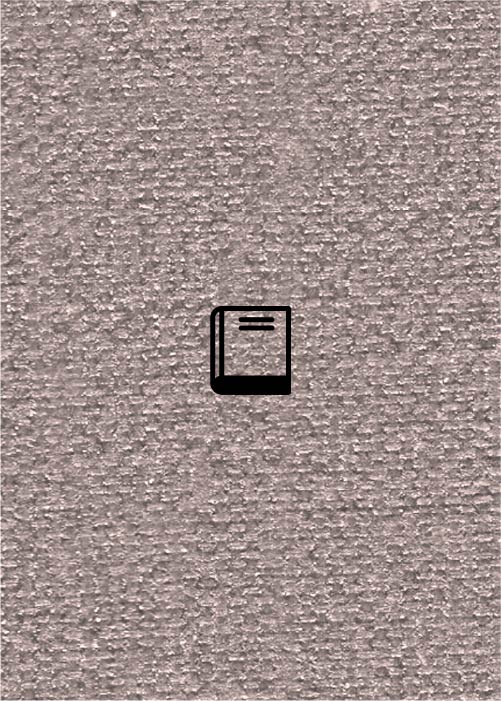
Music from the Holy Land
… rock … Yaffa Yarkoni … Parvarim … Jewish cultural groups … Popular music … Music from the Holy Land …
Midarom Tipatah Hatovah
… … … Army bands … Israeli Music … Yemenite … Ashkenazi … Popular Culture … Jewish cultural groups … Midarom Tipatah …
LeBelibo Agas VeGam Tapuach
… Matti Caspi , features prominent Israeli singers performing popular Israeli songs that were inspired and taken from … Israeli Music … Matti Caspi … Ehud Manor … Russian music … Popular music … Israeli Folk Songs … LeBelibo Agas VeGam …




